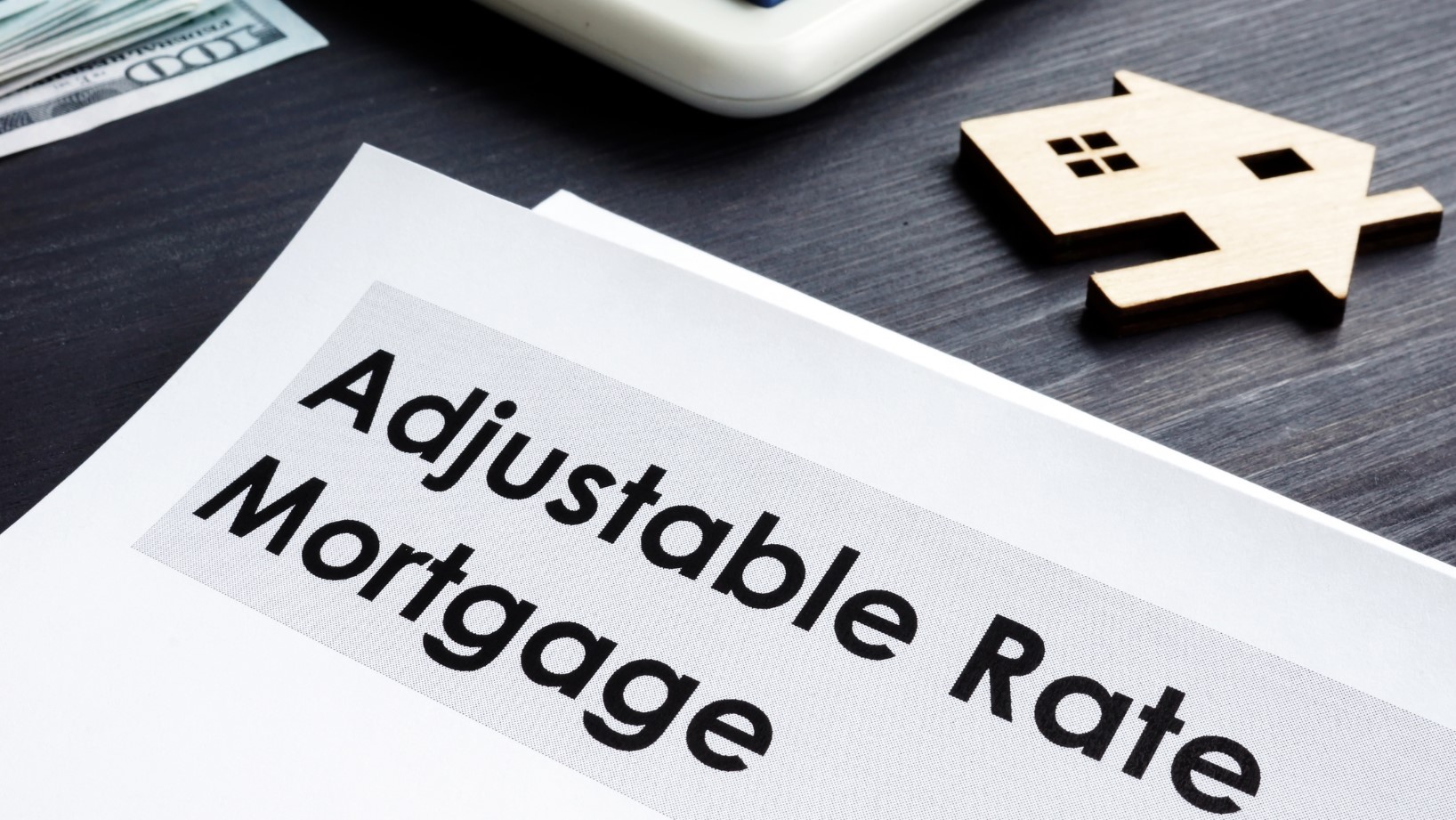15-Year vs. 30-Year Loans Compared
 Choosing the right mortgage term is a critical decision when purchasing a home. The two most common options are 15-year and 30-year mortgage terms. Let’s compare the advantages and disadvantages of each to help you make an informed decision:
Choosing the right mortgage term is a critical decision when purchasing a home. The two most common options are 15-year and 30-year mortgage terms. Let’s compare the advantages and disadvantages of each to help you make an informed decision:
15-Year Mortgage Advantages:
Interest Savings: The most significant advantage of a 15-year mortgage is the amount of interest you can save over the life of the loan. With a shorter term, you pay less interest because the loan is repaid more quickly.
Faster Equity Building: Monthly payments for a 15-year mortgage are higher, but a larger portion of each payment goes toward the principal. This results in faster equity buildup, which can be beneficial if you plan to sell or refinance in the future.
Lower Interest Rate: Generally, 15-year mortgages come with lower interest rates compared to 30-year mortgages. This can contribute to overall interest savings.
15-Year Mortgage Disadvantages:
Higher Monthly Payments: The main drawback of a 15-year mortgage is the higher monthly payments. This option may strain your monthly budget as compared to a longer-term loan.
Reduced Flexibility: Higher monthly payments can limit your financial flexibility. If unexpected expenses arise, you may find it challenging to meet the higher mortgage payment.
30-Year Mortgage Advantages:
Lower Monthly Payments: The primary advantage of a 30-year mortgage is the lower monthly payments, making it more manageable for many homebuyers. This can free up cash for other investments or expenses.
Greater Flexibility: Lower monthly payments provide greater financial flexibility. You can allocate extra funds towards investments, emergency savings, or other financial goals.
Tax Deductibility: Mortgage interest is often tax-deductible, and with a 30-year mortgage, you may have higher interest payments, potentially resulting in a larger tax deduction.
30-Year Mortgage Disadvantages:
Higher Total Interest Paid: While monthly payments are lower, the total interest paid over the life of the loan is higher compared to a 15-year mortgage. This means you’ll pay more for your home in the long run.
Slower Equity Buildup: With lower monthly payments, a smaller portion of each payment goes toward the principal. This leads to slower equity buildup compared to a 15-year mortgage.
Considerations:
Financial Goals: Consider your financial goals and priorities. If you prioritize long-term savings and can comfortably afford higher monthly payments, a 15-year mortgage might be suitable.
Budget and Cash Flow: Evaluate your monthly budget and cash flow. If you need more flexibility and want to keep monthly payments lower, a 30-year mortgage may be a better fit.
Long-Term Plans: Consider your long-term plans. If you plan to stay in the home for a significant period, a 30-year mortgage may offer more financial flexibility.
Ultimately, the choice between a 15-year and a 30-year mortgage depends on your individual financial situation, goals, and preferences. It’s advisable to consult with a financial advisor or mortgage professional to make the best decision based on your unique circumstances.

 “No-deposit” mortgage deals for first-time buyers refer to mortgage options that allow buyers to purchase a home without having to put down a deposit or a down payment. Here are the pros and cons of such deals:
“No-deposit” mortgage deals for first-time buyers refer to mortgage options that allow buyers to purchase a home without having to put down a deposit or a down payment. Here are the pros and cons of such deals: Mortgage loans are an essential aspect of financing the purchase of a property. Among the various types of mortgages available, one option that may be advantageous for both buyers and sellers is an assumable mortgage loan.
Mortgage loans are an essential aspect of financing the purchase of a property. Among the various types of mortgages available, one option that may be advantageous for both buyers and sellers is an assumable mortgage loan. If you are planning on buying a house in the near future, you have probably seen that there are multiple options available. You might even be considering an adjustable-rate mortgage, usually shortened to ARM. While many people opt for a fixed-rate mortgage, there are a few reasons to consider an ARM as well. What are some of the top advantages to keep in mind?
If you are planning on buying a house in the near future, you have probably seen that there are multiple options available. You might even be considering an adjustable-rate mortgage, usually shortened to ARM. While many people opt for a fixed-rate mortgage, there are a few reasons to consider an ARM as well. What are some of the top advantages to keep in mind?